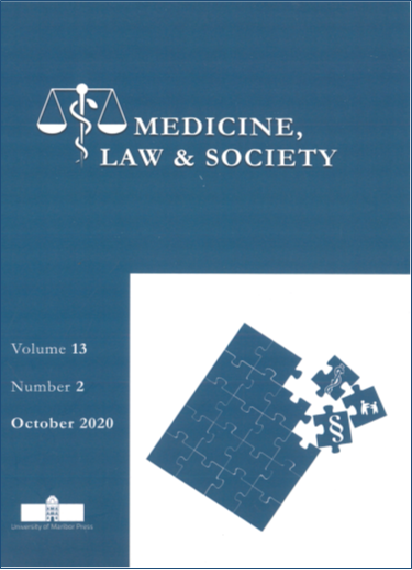Communicating about Healthcare Reform as Part of Good Governance During the Covid-19 Pandemic. Experiences from Finland and Poland
DOI:
https://doi.org/10.18690/mls.15.1.125-146.2022Keywords:
good governance, healthcare reform, pandemic crisis, informing, open governmentAbstract
The right to information, understood as a citizen’s right of access to data used in the process of making and enforcing laws, is a natural component of democratic systems. In the rich societies of Western Europe, which for years have been supporting civic education, society consciously uses the right to information. It is the interaction of citizens with decision-makers among others in the process of public information flow that changes ordinary public governance into good governance. The authors refer to the contextual understanding of good governance within the framework of multi-level interactions at the level of central and local government. Good governance should be understood as the achievement of ‘public value’ – i.e., the shared needs of many citizens but within the context of innovation and the economic development of societies. Informing means strengthening trust in public authorities, which in democratic states should have nothing to hide (even in a crisis).
